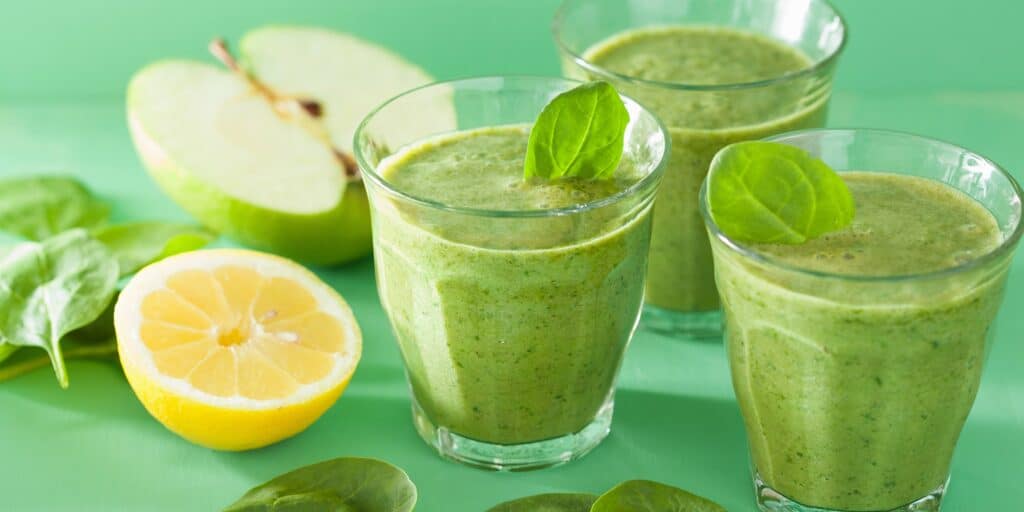
The Pros and Cons of Protein Powders: Plant vs Whey
We all know how important adequate protein intake is for good health. Just to put everyone on the same page, here are the main benefits
Blogs

We all know how important adequate protein intake is for good health. Just to put everyone on the same page, here are the main benefits

Losing hair is stressful for anyone and it’s certainly not an uncommon occurrence. Many women suffer with a diffuse type of hair loss of varying

Ensuring that you are taking the best form of calcium for your body will not only benefit your bones, but will also save you from

Last time we looked at determining elemental calcium content in Part 1 of Understanding Different Types of Calcium, what the solubility/bioavailability of various forms of calcium

Okay everyone gather around, it’s time we have the talk… You know the benefits of B vitamins, a.k.a. the transmission fluid of our bodies, the

Stress is practically unavoidable in our high paced culture. Chronic stress triggers a hormonal cascade that places excessive demands on the body’s nutrient and vitamin

When you pause and think about how many hands have had to handle asparagus coming from a continent away – it can get your head

The global burden of type 2 diabetes is rising and represents a major concern in healthcare worldwide. Global prevalence of type 2 diabetes is projected

Blood pressure is a measurement of how hard your heart must work to pump blood out to the body. It calculates the volume of blood

It’s easy to take for granted our access to artificial light. There’s rarely a need to keep a fire stoked or light a candle to

Eye strain used to be something you experienced from trying to read without proper lighting. It was something our parents used to warn us about

Obesity and related disorders are at an epidemic proportion. The rising number of people who are overweight or obese in countries around the world has
"*" indicates required fields